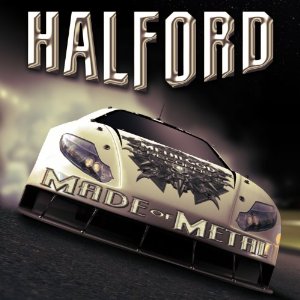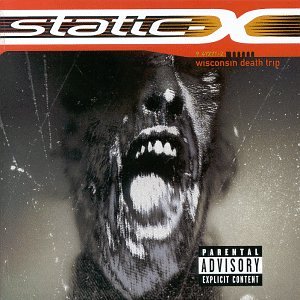 1. Life in Technicolor ii
1. Life in Technicolor ii2. Postcards from Far Away
3. Glass of Water
4. Rainy Day
5. Prospekt's March/Poppyfields
6. Lost+
7. Lovers in Japan (Osaka Sun mix)
8. Now My Feet Won't Touch the Ground
Now it’s Complete – 7,8/10
On its own, Viva La Vida Or Death And All His Friends didn’t really feel like a whole full-length release, even though I said it was their best at the time. I am probably biased in my judgement of that album alone, because I never knew the album that well without the Prospekt’s March EP attached to it. This little addition to the main album made it complete as this would probably have been on the album itself if the record label would have shown a little more patience.
In terms of sound, ambience and songs, this little EP picks it up where Viva La Vida Or […] had left it. There’s the intimate and somewhat experimentally acoustic sound again. This even features a new, finished version of “Life in Technicolor”; this time appropriately entitled “Life in Technicolor ii”. This version further expands the instrumental concept of the first edition and adds vocal melodies and lyrics to the song. Now the song is finished it has become one of my Coldplay favorites. “Postcards from Far Away” is purely an instrumental resting point between the drum-heavy “Life in Technicolor ii” and the explosive “Glass of Water”, another one of Coldplay’s best tracks ever. The verses feature a somewhat funky rhythm and the chorus explodes with the bombast of the X&Y album and the intimate sound of the 2008 album. “Rainy Day” further expands into unusual rhythms with its computerized intro and uses the same synthesizer-sound as in “Viva la Vida”. “Prospekt’s March/Poppyfields” is a beautiful ambient ballad, somewhat reminding of the gentle tracks from the Parachutes era.
Then come the rehashes. “Lost+” is a new rendition of “Lost!”, this time with rapper Jay-Z contributing some raps on the bridge. His voice wasn’t mixed properly in the music, not to mention “yeah, uhuh, I got you, uh” doesn’t match Coldplay’s attitude. In other words: this version pretty much fails. Then there is “Lovers in Japan (Osaka Sun mix)”, which is just the same song as the album version, but just without “Reign of Love” attached to it and with an extra voice dub in the second verse. “Now My Feet Won’t Touch the Ground” has this typical bedroom-ambience they also created on X&Y’s “Til Kingdom Come”, except that this time there are additional instruments that join the track about halfway. It’s a quite satisfying closer to the “Viva la Vida”-era of one of the most relevant bands of today.
In the end, Prospekt’s March is a very welcome addition to the Coldplay discography, even though most of the tracks featuring here simply should have been on the actual album. Still, I’m glad they were released, even if eventually. Highly recommended to fans of Viva La Vida Or Death And All His Friends.
Strongest moments: “Life in Technicolor ii” and “Glass of Water”.
Weakest moment: “Lost+”.



















